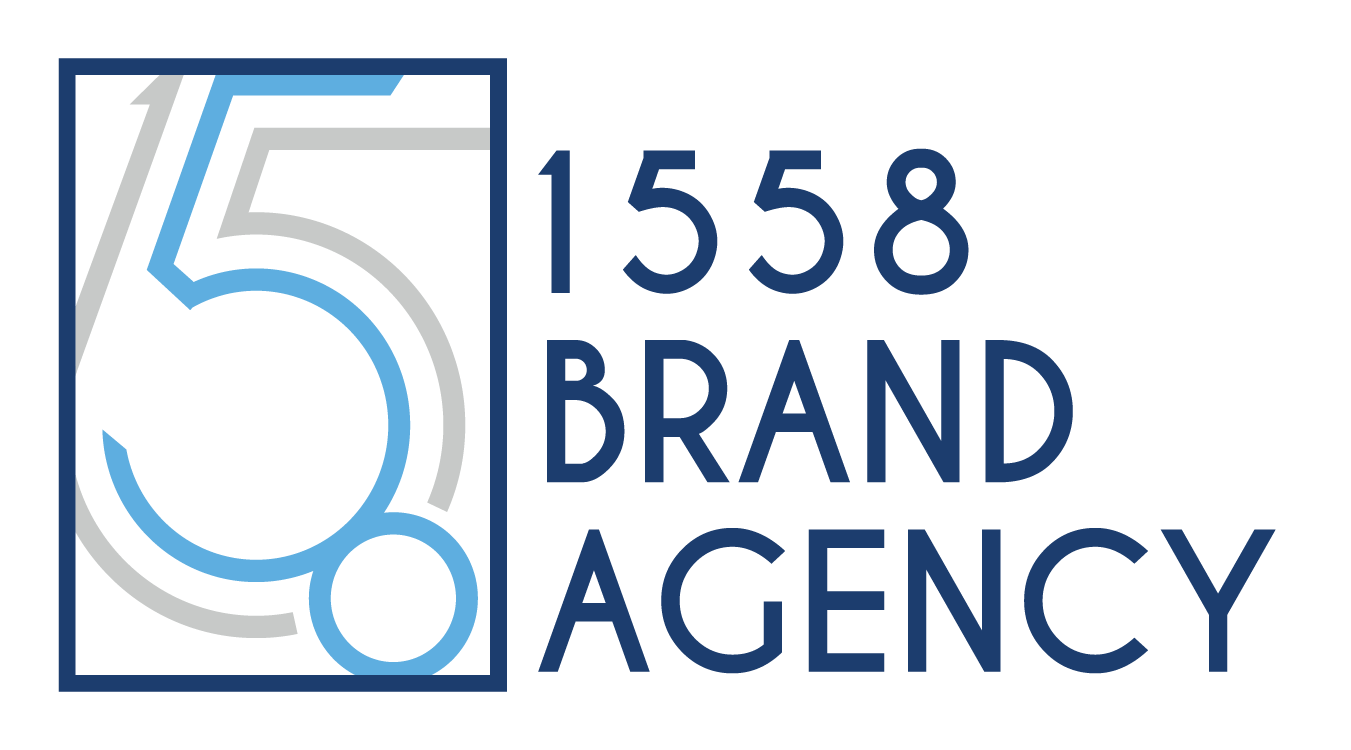As we described in our recent post “To Blog or Not to Blog? Blogging for Business” there are several reasons why a company should begin writing a blog. It drastically improves SEO on your website by providing fresh content on a regular basis, and it positions you as an expert to your industry and among your target audience. As you weigh the pros and cons of starting a blog, the main thing to consider is whether you have the manpower and content to sustain a minimum of 1 blog post per month.
If you have come to the conclusion that a blog is right for your business then here are some tips to help you get started.
DEVELOP YOUR CONTENT CALENDAR
Start by considering your target audience…What are the needs or challenges they are facing? How can you help solve a problem for them through your content? What type of reader are they, short and to the point or would they read longer-form content? What are the keywords and phrases they are searching for that relate to your business? Then consider your own expertise and the expertise within your business…What topics can you speak authoritatively about? Do you have subject matter experts (SMEs) in your business that can contribute with their own expertise and experiences? What do you want your business to be “known for” in the industry and among your target audience?
Actionable Steps:
- Bring your team together and brainstorm a list of topics and headlines for your blog.
- Map out a 12-month calendar so you can determine whether or not you have enough to talk about and how often you will be able to post. Go back to step 1 if you need to and continue the brainstorm.
- Assign topics out to willing employees and set deadlines to allow plenty of time for review and revisions.
- Select one person to oversee all blog efforts to ensure the blog remains conversational and adheres to the tone of voice you want to use as a business.
ELEMENTS OF AN EFFECTIVE BLOG
There are several key elements needed to have an effective blog both for SEO and for the reader’s enjoyment and ease of reading.
Type of Blog Post
Start by determining the type of blog post you want to write. This could be different each time you post a new blog. Here are some ideas for you:
- List-based posts – A few examples would be “5 Tips for Selling Your Home” or “10 Ways to Improve SEO”. The goal is to create a list that is easy for the reader to skim or consume in bite-size chunks.
- “How To” or tutorial posts – Some ideas for this could be “How To Change Your Oil” or “A Guide to Google Ads”. This type of post should give step-by-step instructions on how to do something that’s relevant to your audience.
- Curated resources – An example would be “Fun Kid-friendly Activities for the Busy Mom”. This type of post is a collection of external website links, blogs/articles, books, videos, as well as your own content that all relates to a specific topic.
- “What Is” post – A few examples would be “The History of MRIs” or “What is Geofencing”. This type of post explains something in detail, kind of like a history lesson.
- Success stories – This type of post should present a success for your business, one of your customers, or a partner relationship. It should present a challenge and a solution to demonstrate your business’s expertise.
- Reviews of products – This type of post simply reviews a product by giving an overview of your opinion of the product, how you used the product, the pros and cons, pricing, where to buy, etc. This could also be a comparison of multiple products.
- Infographic posts – An infographic is a collection of graphics, charts, and minimal text that gives an easy-to-understand overview of a topic. In this type of post you could use your own infographic or an infographic created by someone else and provide your thoughts on the data presented (make sure you source where the infographic came from if you didn’t create it).
- Videos – In this type of post you will create a video and post it on your YouTube account and then embed them into your post with a summary of the content. You can also embed other people’s videos into your post and provide your viewpoint on the topic.
- Interviews – This is a Q&A formatted post where you pose a question and provide the answer. You can conduct these with a subject matter expert (SME) at your company, focusing on a specific technology or expertise, or you can interview a customer to present this more like a case study.
- Guest blog post – This is a great way to link your brand to another reputable brand by inviting someone to write a blog as a guest and then link back to their website. This is great for expanding your reach if that guest blogger also promotes it on their marketing platforms.
Length of Your Blog Post
It’s important to set length guidelines for your blog. According to research by both CoSchedule and Hubspot, posts with around 2,500 words rank the best in search engines (wow, that’s a lot of words!). However, if that is not feasible or you don’t feel your readers will consume that amount of information, make sure your blog posts are a minimum of 500 words. Longer posts, over 1000 words, rank better in search engines. So, at 1558, we believe the happy medium is somewhere between 800-1500 words as a standard. Length can vary from post to post but the key to is to make sure your blog is long enough to add value to the reader!
Structure of Your Blog Post
- Title
- Write a clear and concise title – no longer than 70 characters
- Include your target keyword or keyword phrase in your title
- Subheadlines
- Break up your content into sections or subheadlines making it easier to read
- Content and Keywords
- Use your keyword or keyword phrase 2 to 3 times throughout the post
- Use bullet points or a numbered list to break up the paragraphs of content
- Call to Action
- End with a question to engage the reader
- Always provide a call to action – what do you want the reader to do next?
- Links
- Include backlinks to other sites/resources and internal links to additional content within your site for the reader to explore
FINAL BEST PRACTICES TO CONSIDER
When writing a blog on behalf of a business, it’s important to keep the voice consistent across all posts. You must decide if the blog is a company blog or one that is written in first person from an individual in the company. An example of a business blog is our own blog at 1558 Brand Agency. All of our team members contribute to the blog but they write on behalf of 1558. Check out the blog for our client Centennial Roofing, offering insights to their clients regarding roofing.
When writing a blog, you must provide content that will be valuable and relevant to your target audience and be consistent in doing it.
Want to learn more about blogging for business or need help starting/managing your own blog? Contact 1558 Brand Agency and we will be happy to help you assess whether a blog can be a beneficial tool for your digital marketing strategy.

